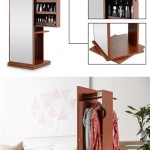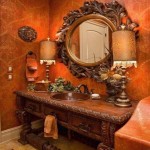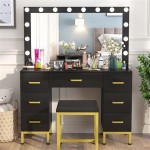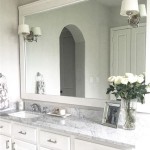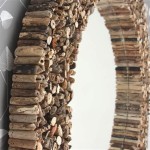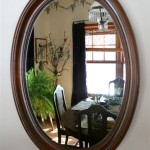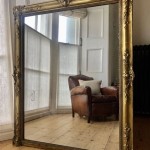How Do You Make a Two-Way Mirror Selfie?
The "two-way mirror" selfie, often seen on social media, creates a captivating illusion of seeing through a reflective surface. This effect, achieved through careful setup and editing, offers a unique and artistic approach to self-portraiture. This article explains the techniques involved in creating this intriguing visual.
Understanding the Illusion
A true two-way mirror, also known as a one-way mirror, relies on a difference in lighting levels between two spaces separated by the mirrored surface. The mirror itself is partially reflective, allowing some light to pass through while reflecting the rest. In brighter conditions on one side, the reflection dominates, creating a mirror effect. On the dimmer side, the glass appears more transparent, allowing observation of the brighter area. The "two-way mirror" selfie effect mimics this phenomenon through image manipulation, not actual one-way mirrors.
Creating the Two-Way Mirror Effect: The Reflection Shot
The first step involves capturing the reflection image. This requires a reflective surface like a mirror, window, or even a calm body of water. Crucially, the subject must be clearly reflected in the chosen surface. The photographer positions themselves to capture both the subject and their reflection in the frame. Controlling reflections from other light sources is essential; unwanted reflections can clutter the image and detract from the desired effect. Clean, uncluttered backgrounds often work best, minimizing distracting elements in the reflection. Experimenting with angles and positioning helps achieve the desired composition.
Creating the Two-Way Mirror Effect: The "See-Through" Shot
The second image creates the illusion of seeing "through" the reflective surface. This requires repositioning the camera to the apparent "other side" of the mirror. Maintaining consistency in subject positioning and pose is crucial for a seamless final image. The background in this shot will become what appears to be visible through the mirror in the final composite. Therefore, selecting a suitable background for this "see-through" image is essential to the illusion's success. Consider the narrative you wish to convey – is the subject looking into a different room, a fantastical landscape, or perhaps an abstract space? The possibilities are limited only by creativity.
Combining the Images: The Editing Process
The two captured images – the reflection and the "see-through" view – are then combined using image editing software. Most photo editing software offers tools to achieve this effect. The process typically involves layering the "see-through" image over the reflection image. The "Erase" or "Mask" tool is then used to selectively remove portions of the reflection image, revealing the underlying "see-through" layer. This creates the illusion that the viewer is seeing through the reflective surface where the editing has occurred. Skilled editing is crucial for a convincing effect. The edges where the images blend require careful attention to ensure a smooth and realistic transition.
Lighting Considerations
Managing lighting consistency between the two shots is vital for a believable composite. Significant differences in lighting can make the final image appear disjointed. Ideally, both photographs should be taken under similar lighting conditions. If shooting outdoors, aim to capture both images during the same time of day to maintain consistent natural light. For indoor shoots, ensure that the lighting setup remains unchanged between the two shots. Minor adjustments to brightness and contrast during editing can help further refine the final image and enhance the illusion.
Experimenting with Creative Variations
The "two-way mirror" selfie offers a canvas for creative exploration. Beyond the classic "looking through" effect, consider playing with perspective and scale. The "see-through" image doesn't necessarily have to represent a realistic space. Abstract patterns, vibrant colors, or even other photographs can create compelling visual narratives. Experimenting with different reflective surfaces also expands the possibilities. Curved mirrors, metallic surfaces, and even shop windows can offer unique and unexpected results. The key is to embrace experimentation and explore the creative potential of this intriguing technique.
Equipment Recommendations
While professional camera equipment can enhance image quality, a smartphone camera is perfectly capable of capturing the necessary images. A stable tripod is recommended, particularly for ensuring consistency between the two shots. For more advanced editing, dedicated photo editing software on a computer offers greater control and precision. However, several mobile apps also provide the tools needed for compositing images, making on-the-go editing possible.

27 Mirror Selfie Tips And Poses To Try With Your Phone Or

How To Tell If A Mirror Is Two Way Or Not 8 Steps With Pictures

How To Tell If A Mirror Is Two Way Or Not 8 Steps With Pictures

How To Tell If A Mirror Is Two Way Or Not 8 Steps With Pictures

How To Tell If A Mirror Is Two Way Or Not 8 Steps With Pictures

How To Take A Mirror Selfie

How To Take A Mirror Selfie 15 Tips For The Best Photo

How To Tell If A Mirror Is Two Way Or Not 8 Steps With Pictures

Mastering The Art Of Mirror Selfies How To Take In You

How To Take The Perfect Mirror Selfie Teen Vogue

